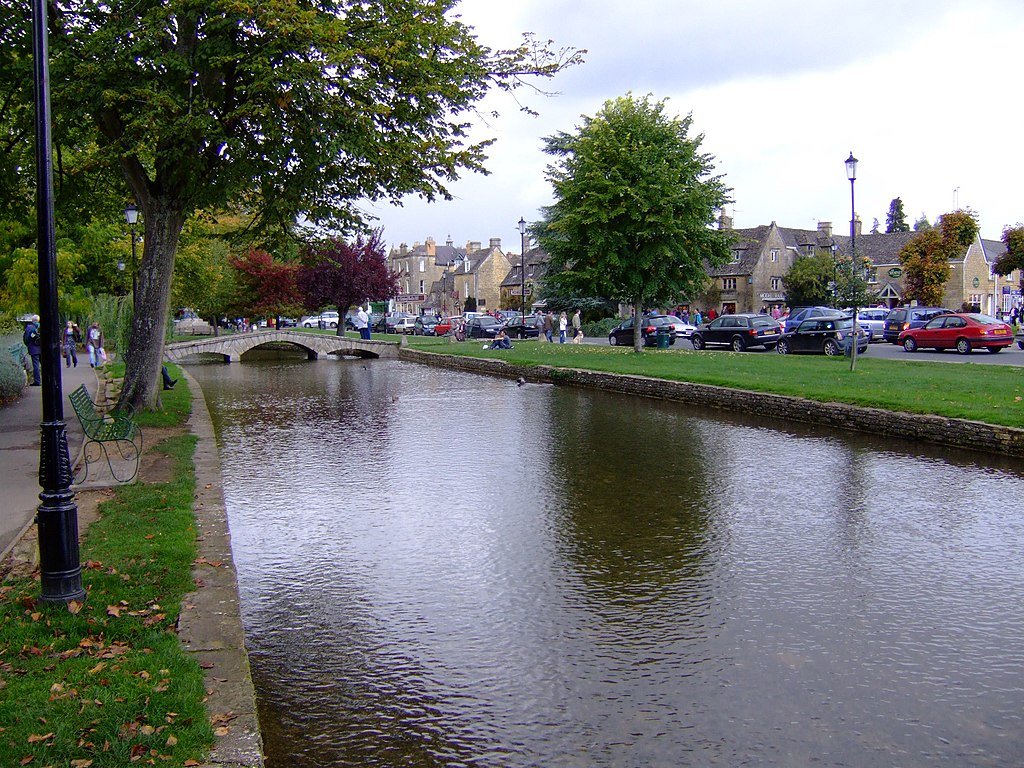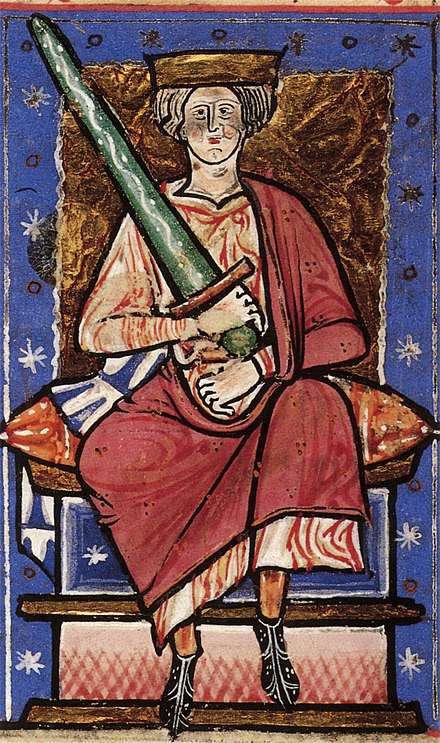Bourton-on-the-Water is known as “the Venice of the Cotswolds” due to the five bridges, made from the local Cotswold stone, spanning the River Windrush which flows through the village, most of which is a designated conservation area. It is home to a number of attractions including Birdland (which will get its own article in due course), the Cotswold Motor Museum, and a model village, making it a popular destination for tourists and school trips.
The model village is built from Cotswold stone to a 1/9th scale. It has recently undergone a major refurbishment, as some of the buildings were starting to fall into disrepair. A highlight is the model village within the model village, leading to a potentially infinite regression.
The Cotswold Motor Museum features a large collection of classic cars and motorbikes, each with a display giving lots of information about the vehicle concerned. Star of the show is the title character from the BBC children’s programme Brum.
As a tourism-oriented Cotswold town (is there any other kind?), Bourton contains plenty of artisanal small businesses, including the Cotswold Perfumery and the Hawkstone Brewery. Meanwhile, for those whose tastes veer towards the macabre, the Bloody Bourton walking tour offers a look at the more gruesome episodes in the village’s history.
Last but not least, the River Windrush itself is an unsung attraction. Rising near Winchcombe, it flows for 40 miles (65 km) before reaching the Thames at Newbridge in Oxfordshire. Bourton has plenty of benches and picnic tables where visitors can sit and enjoy the river.





